Have you ever looked up at the sky and been amazed by what you saw? From beautiful colors to strange shapes, the weather can create some truly incredible sights. Mother nature really does produce some awe-inspiring sites and weather events for us to witness.
Get ready to learn about some of the most captivating displays nature has to offer!
Sun Dogs
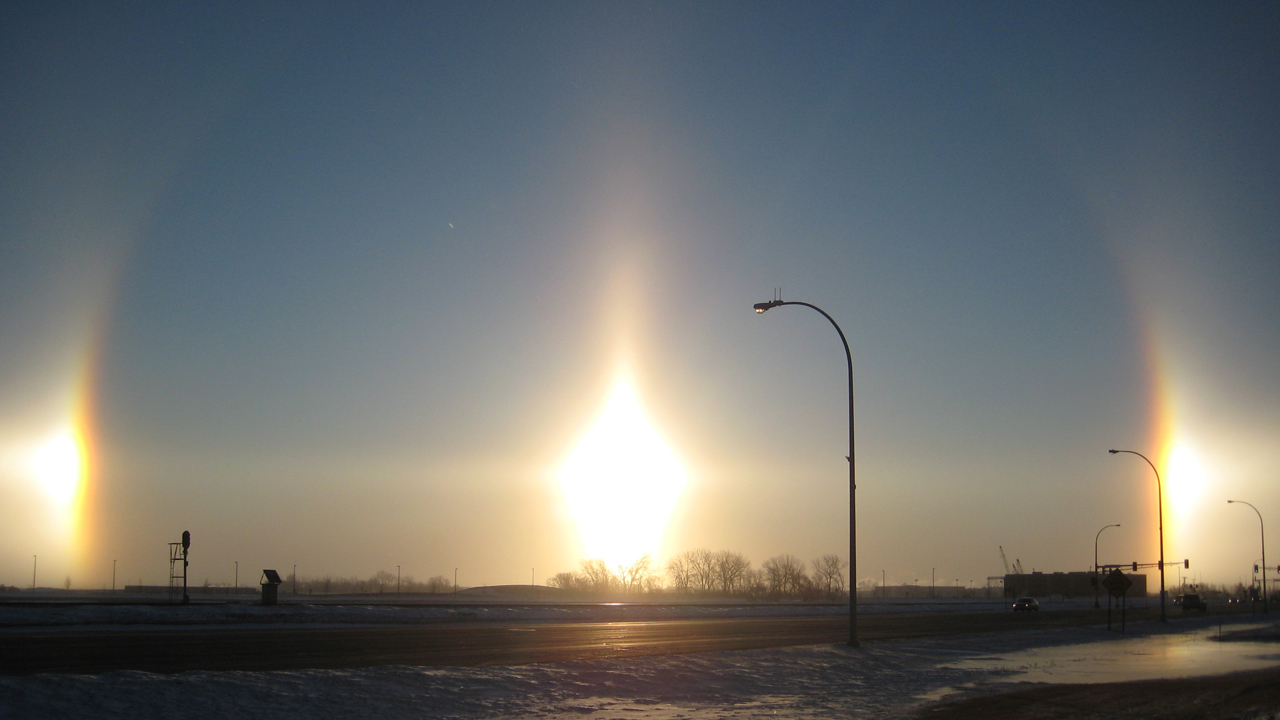
Sun dogs, also known as “mock suns” or “parhelia,” are bright spots that appear on either side of the sun. These optical illusions are caused by the refraction of sunlight through ice crystals in the atmosphere. When conditions are just right, you might see a pair of sun dogs flanking the sun, creating a stunning celestial display.
Mammatus Clouds
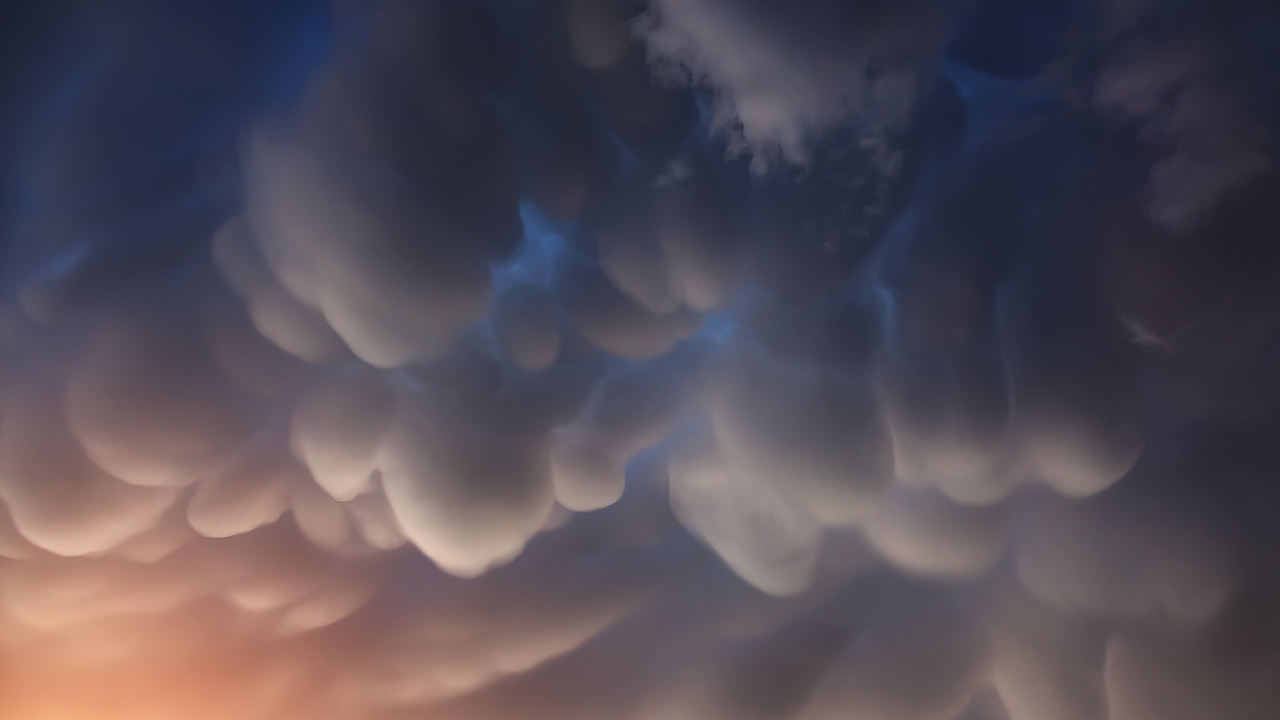
Mammatus clouds are a rare and bizarre type of cloud formation. They look like pouches or bubbles hanging from the underside of a larger cloud. These clouds are often associated with severe thunderstorms and can create an eerie, otherworldly atmosphere in the sky.
Lenticular Clouds
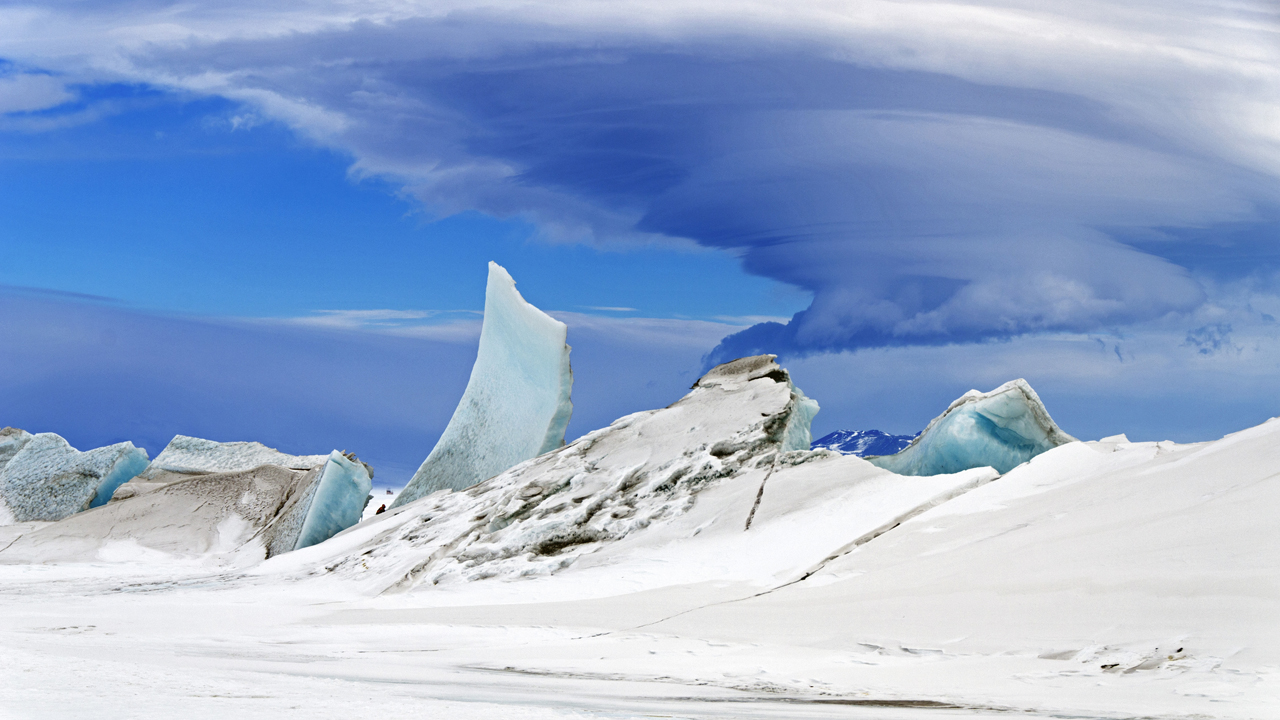
Lenticular clouds are smooth, lens-shaped clouds that form when moist air flows over a mountain or other obstacle. These clouds can look like flying saucers hovering in the sky, and they often appear in groups or stacks. Some people believe that lenticular clouds are responsible for many UFO sightings.
Noctilucent Clouds
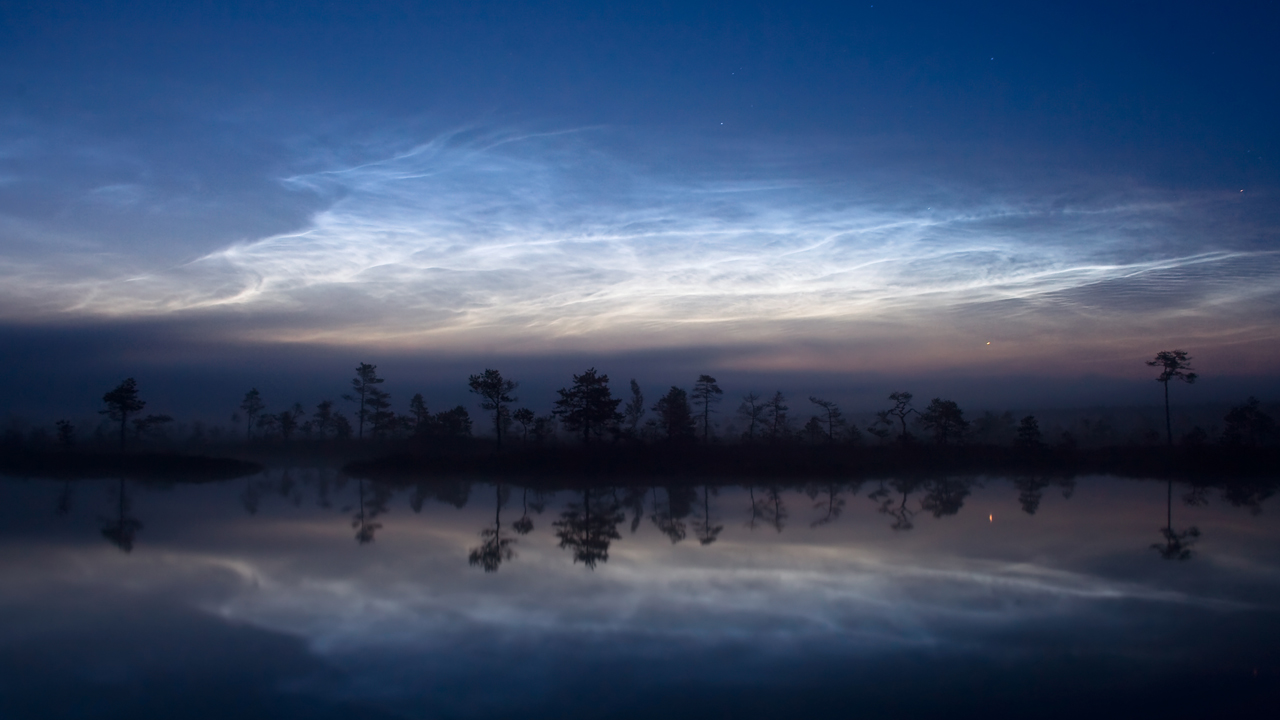
Noctilucent clouds are the highest clouds in Earth’s atmosphere, forming at altitudes of around 50 miles (80 kilometers). These silvery-blue clouds are visible only during summer months and at twilight, when the sun illuminates them from below the horizon. Noctilucent clouds are still not fully understood by scientists, making them a fascinating subject of study.
Fallstreak Holes
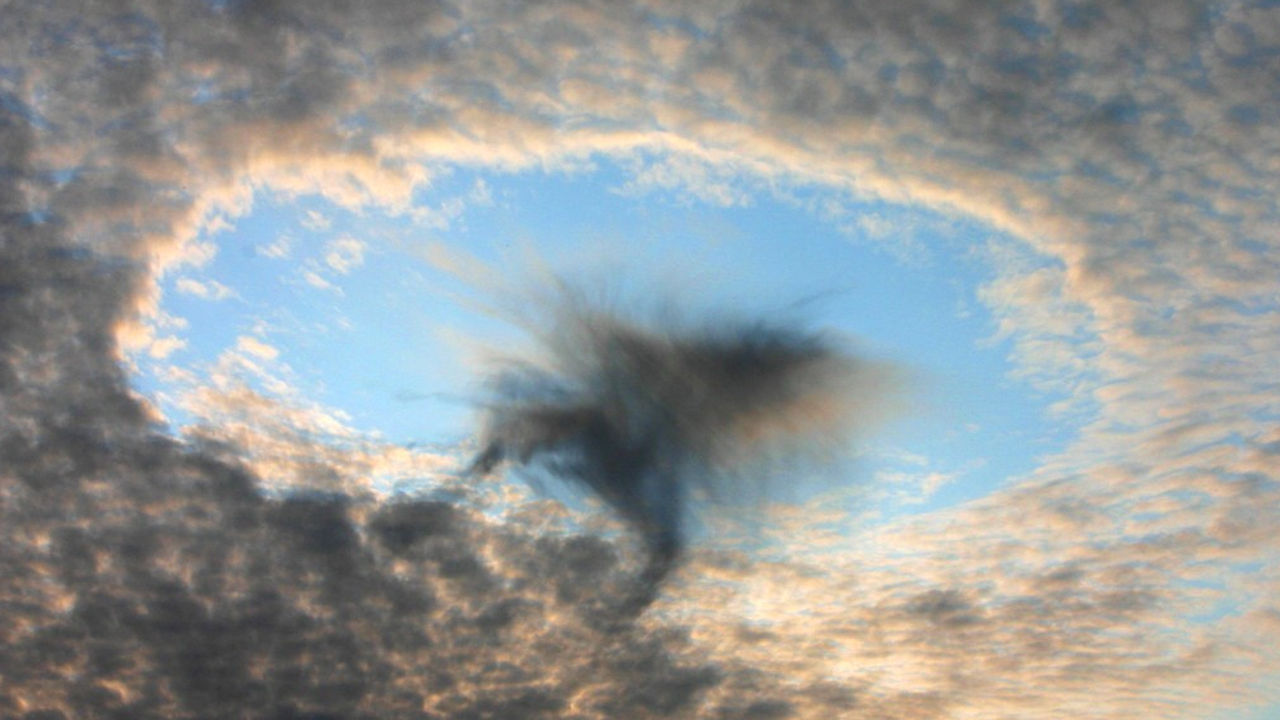
Fallstreak holes, also known as hole-punch clouds, are large circular gaps that can appear in certain types of clouds. These holes form when the water droplets in the cloud suddenly freeze and fall, leaving a visible hole behind. Fallstreak holes can create stunning patterns in the sky and are often mistaken for UFOs or other mysterious phenomena.
Kelvin–Helmholtz Instability
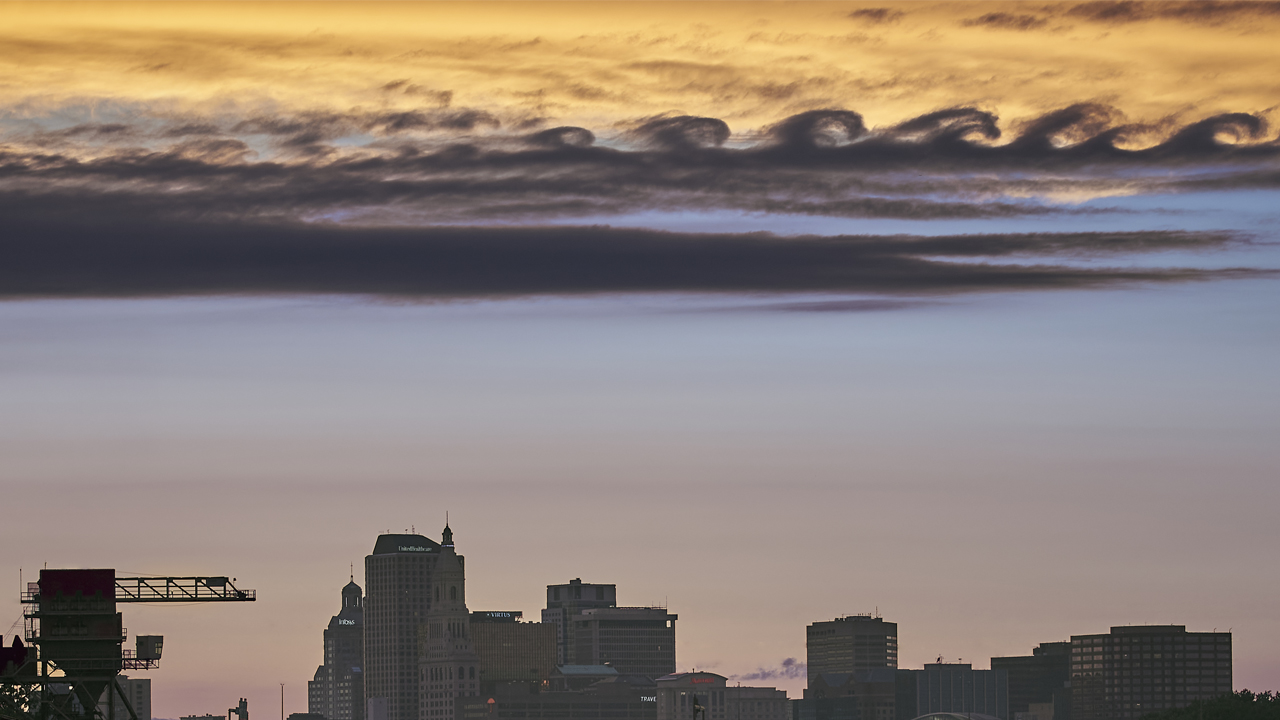
Kelvin-Helmholtz instabilities are a type of cloud formation that resembles ocean waves breaking on the shore. These clouds form when there is a difference in wind speed or direction between two layers of air. The resulting turbulence causes the clouds to curl and break, creating a mesmerizing visual effect.
Similar formations have been seen on the Sun and Saturn, but perhaps the most recognizable example is Jupiter’s Great Red Spot.
Nacreous Clouds
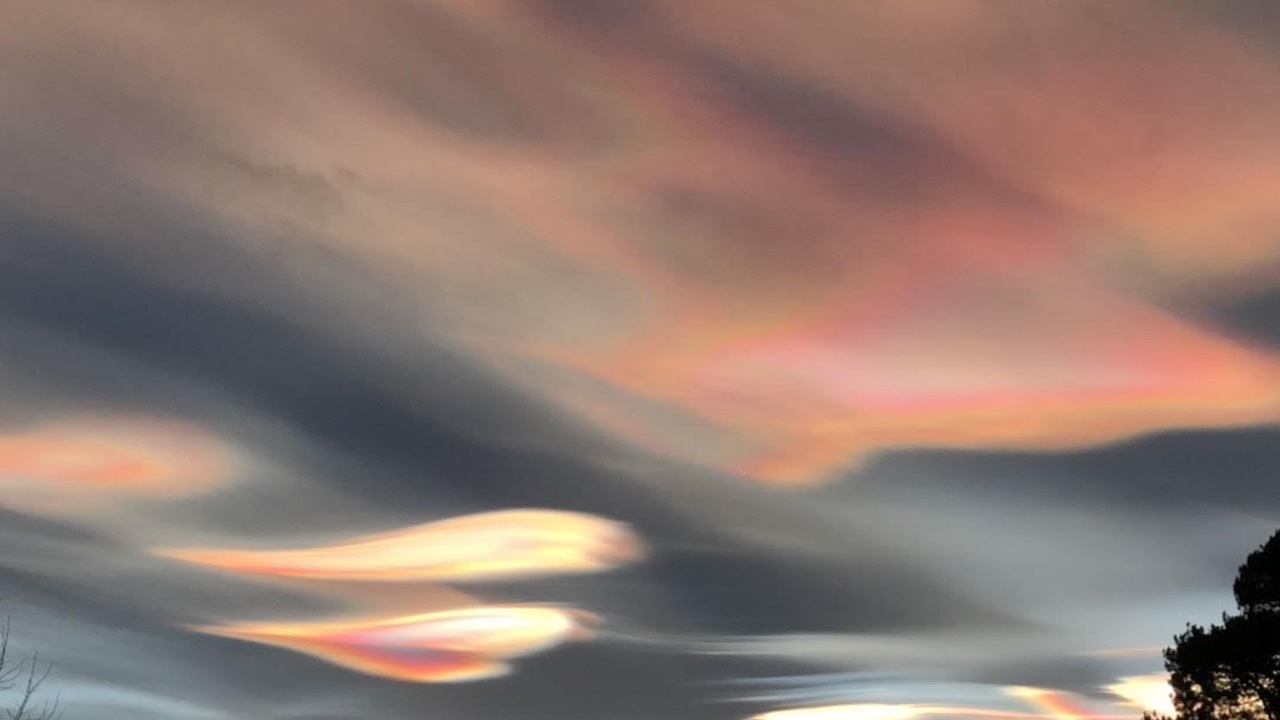
Nacreous clouds, also known as polar stratospheric clouds, are rare and beautiful clouds that form high in the stratosphere over polar regions. These clouds are visible only during winter months and are known for their iridescent, mother-of-pearl-like appearance. Nacreous clouds play a role in the formation of ozone holes and are an important subject of study for atmospheric scientists.
Asperitas Clouds
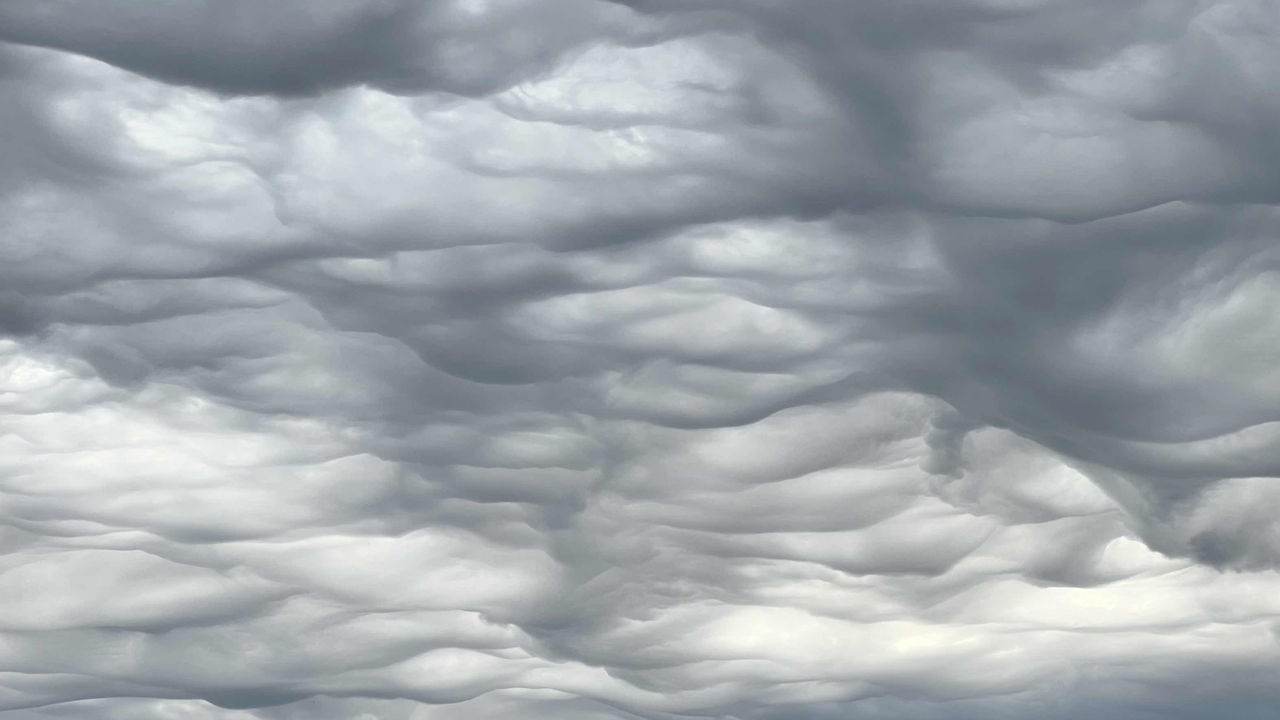
Asperitas clouds are a newly recognized type of cloud formation that looks like rough, turbulent waves on the underside of a cloud layer. These clouds are often described as looking like a roughened sea surface when viewed from below. Asperitas clouds are still not fully understood, but they are thought to form in areas of atmospheric instability and turbulence.
Virga
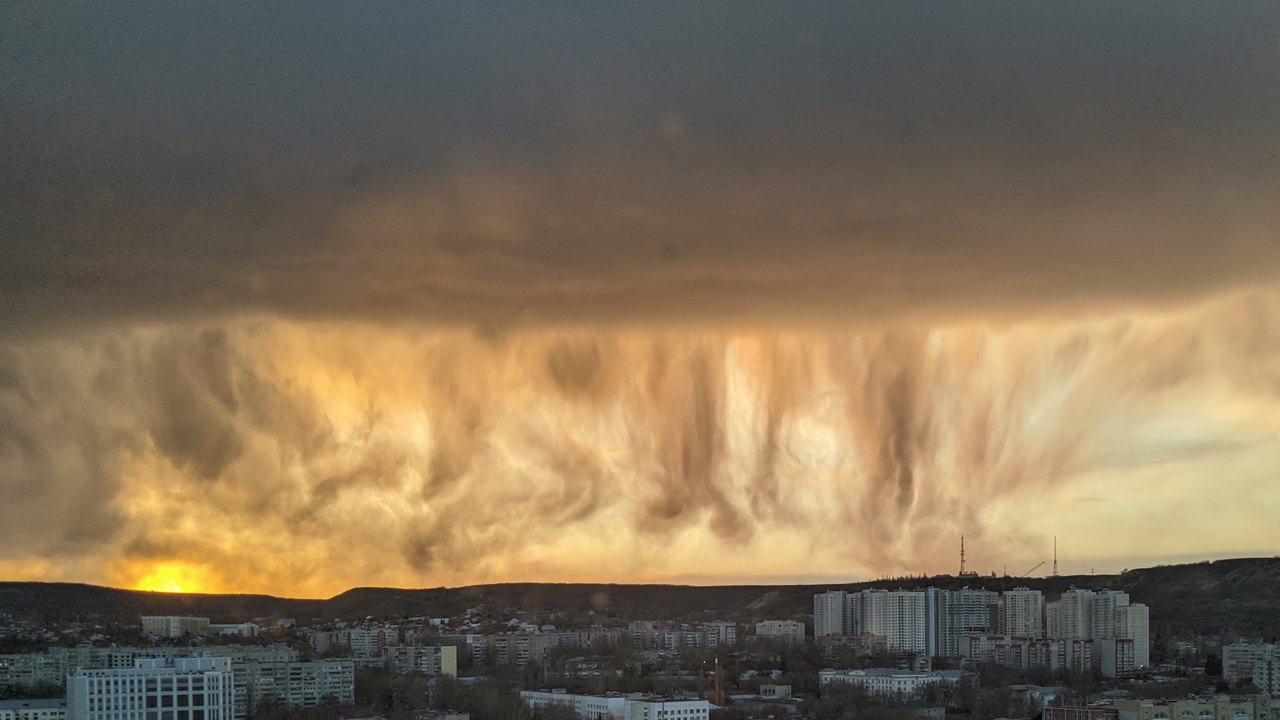
Virga is a type of precipitation that falls from a cloud but evaporates before reaching the ground. This creates the appearance of streaks or wisps of rain or snow hanging from the underside of a cloud. Virga is common in dry climates, where the air below the cloud is too dry to allow the precipitation to reach the surface.
Crepuscular Rays
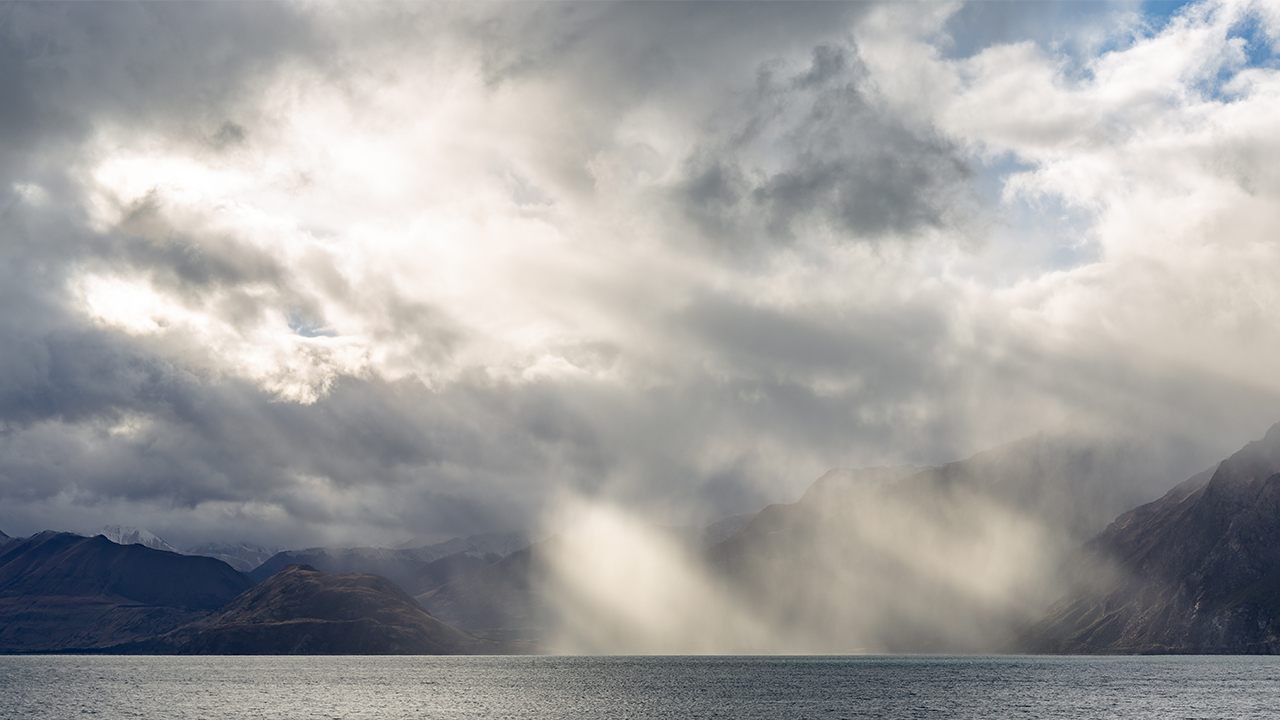
Crepuscular rays, also known as sun rays or God rays, are beams of sunlight that appear to radiate from a single point in the sky. These rays are caused by the sun shining through gaps in clouds or other obstructions, creating a dramatic and beautiful effect. Crepuscular rays are most commonly seen during sunrise or sunset, when the sun is low in the sky.
Halos

Halos are rings of light that can appear around the sun or moon. These optical phenomena are caused by the refraction of light through ice crystals in the atmosphere. Halos can take many different forms, including circular halos, sun dogs, and light pillars. These beautiful displays are a reminder of the complex interactions between light and the atmosphere.
Light Pillars
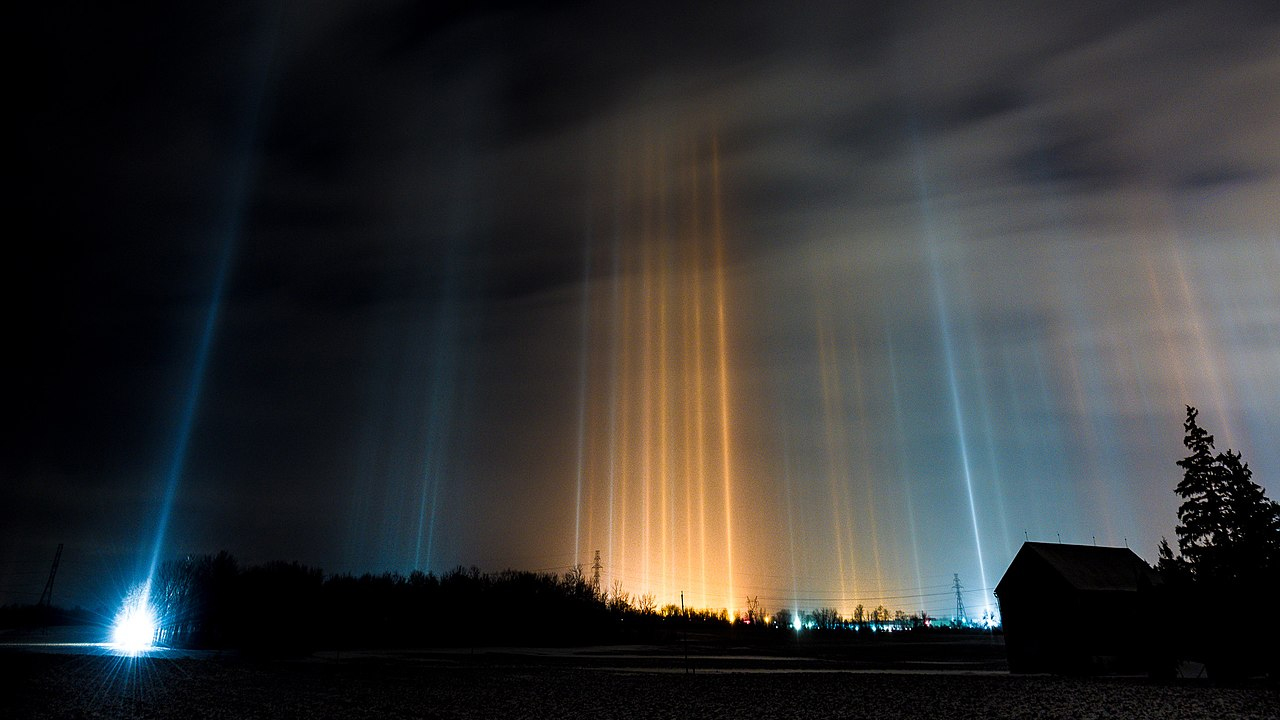
Light pillars are vertical shafts of light that can appear above or below the sun, usually during sunrise or sunset. These pillars are caused by the reflection of sunlight off of ice crystals in the atmosphere. Light pillars can create a stunning visual effect, making it look like the sun is sitting atop a glowing column of light.
Green Flash
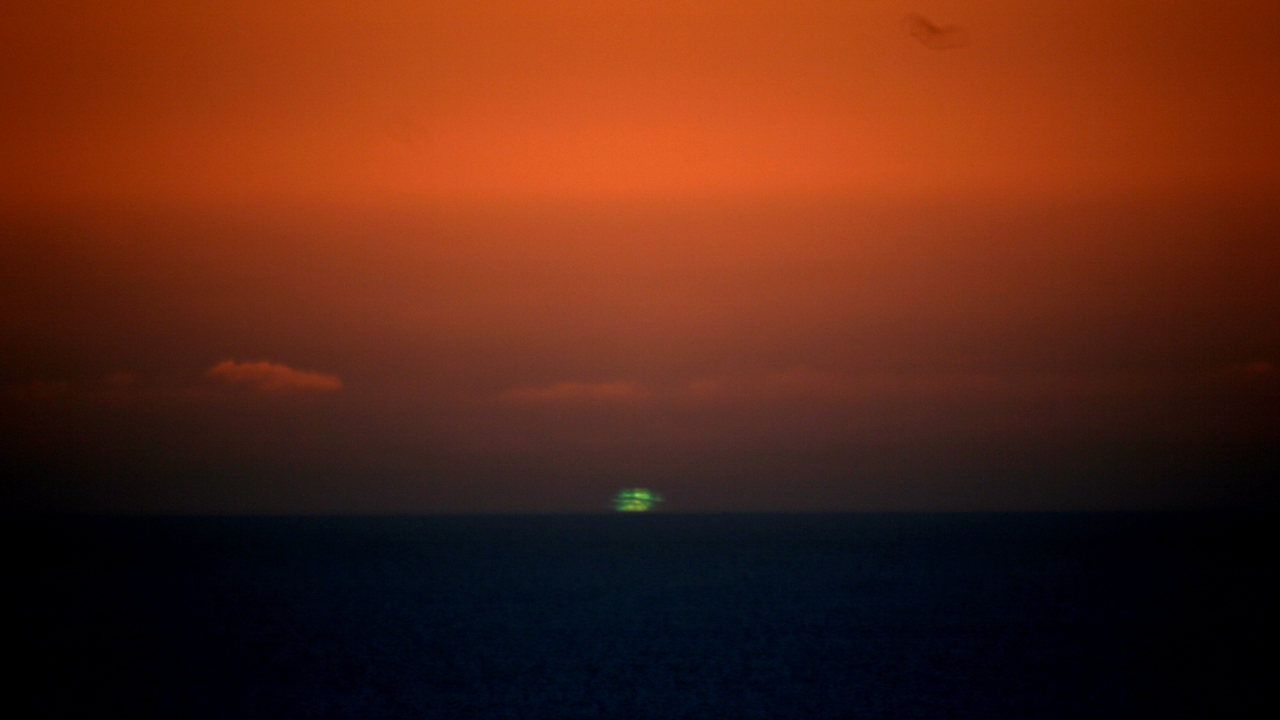
The green flash is a rare optical phenomenon that can occur just as the sun is setting or rising. For a brief moment, a green spot may be visible above the sun, lasting for only a second or two. The green flash is caused by the refraction of sunlight through the Earth’s atmosphere and is most commonly seen over the ocean or in areas with a clear, flat horizon.
Ball Lightning
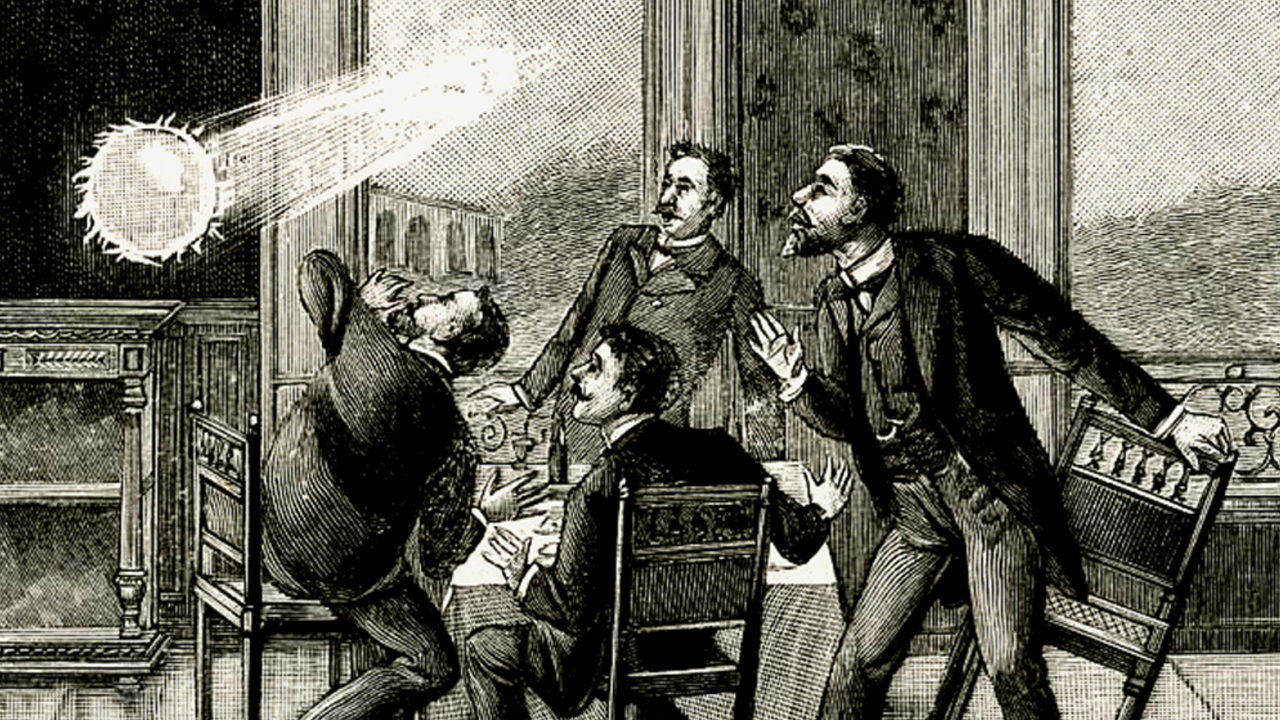
Ball lightning is a rare and poorly understood type of lightning that appears as a glowing, spherical object. These luminous orbs can vary in size from a few centimeters to several meters in diameter and can persist for several seconds or even minutes. Despite numerous eyewitness accounts, the exact nature and cause of ball lightning remain a mystery to scientists.
Sprite Lightning
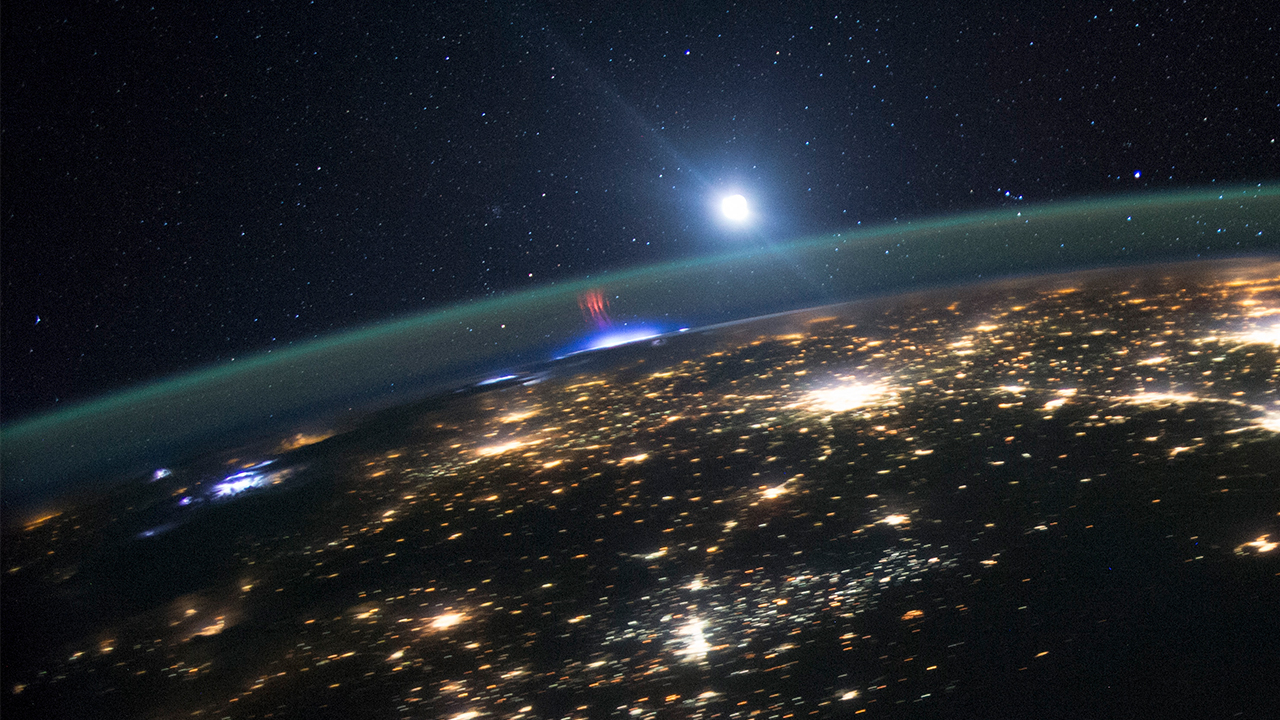
Sprites are large, brief flashes of light that occur high above thunderstorm clouds. These flashes are red in color and can extend up to 60 miles (95 kilometers) into the atmosphere. Sprites are caused by the electrical discharge of lightning and are often accompanied by other types of upper-atmospheric lightning, such as jets and elves.
Waterspouts
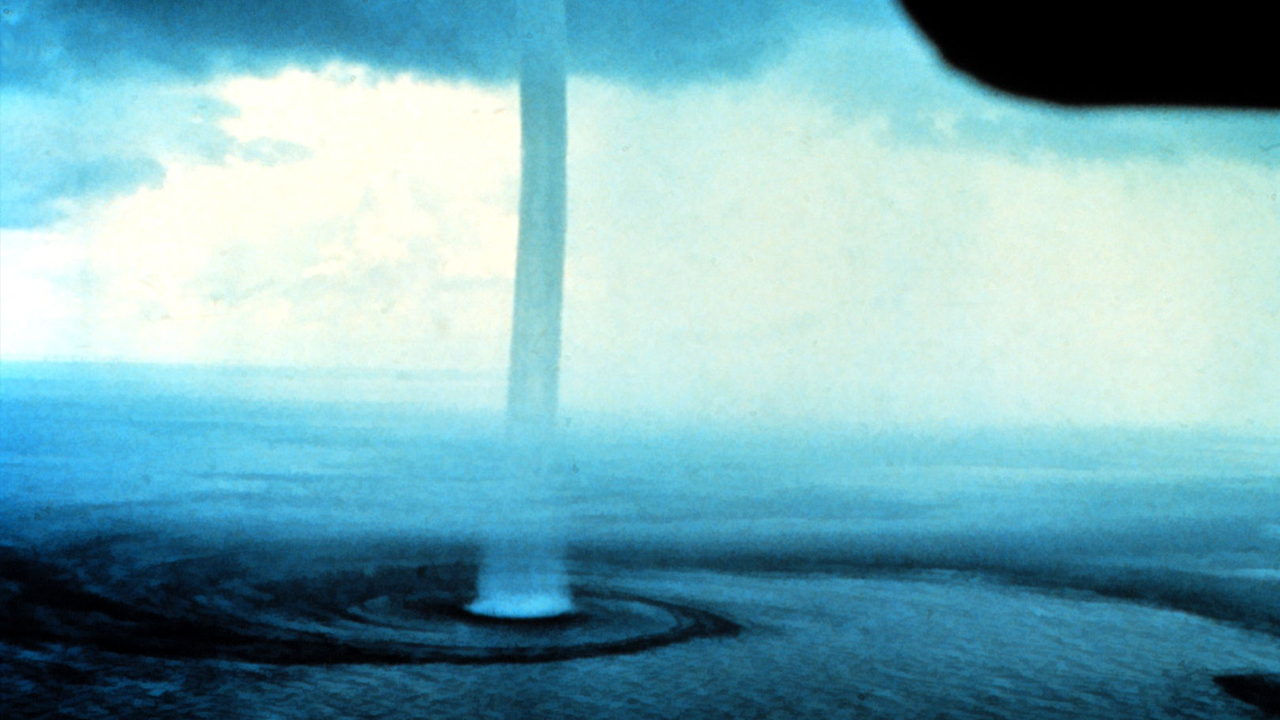
Waterspouts are spinning columns of air and water mist that form over bodies of water. These vortexes are essentially tornadoes that occur over water and can be just as dangerous as their land-based counterparts. Waterspouts are most common in tropical and subtropical waters, where the conditions are favorable for their formation.
Ellen has been obsessed with logic puzzles, jigsaws, and cryptograms since she was a kid. After learning she was taught how to play chess wrong by a family friend (so they could win), she joined her school chess club and the rest is history.

